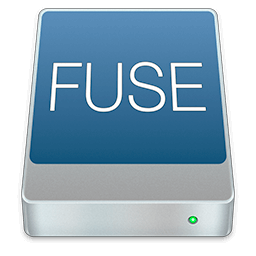
Since FUSE file systems are regular applications (as opposed to kernel extensions), you have just as much flexibility and choice in programming tools, debuggers, and libraries as you have if you were developing standard macOS applications. Writing a file system using FUSE is orders of magnitude easier and quicker than the traditional approach of writing in-kernel file systems. The content of these file systems can come from anywhere: from the local disk, from across the network, from memory, or any other combination of sources. Legacy MacFUSE file systems are supported through the optional MacFUSE compatibility layer.Īs a developer, you can use the FUSE SDK to write numerous types of new file systems as regular user space programs. Implements a mechanism that makes it possible to implement a fully functional file system in a user-space program on Mac OS X (10.Īs a user, installing the FUSE for macOS software package will let you use any third-party FUSE file system.
#Fuse for macos 3.10.2 for mac os x
In 2007, Google released a port for Mac OS X as open source.

It was created for Linux and ported to other Unix-like operating systems including FreeBSD and OpenSolaris.

OSXFUSE is a successor to MacFUSE, which has been used as a software building block.

FUSE for OS X allows you to extend OS X's native file handling capabilities via third-party file systems. Moreover, the FUSE for macOS developers provide an online file system library where you can download various types of file systems and test them on your own. By default, FUSE for macOS offers support for C or Objective-C based file systems, but you can extend its capabilities by installing the software development kit for the target language.


 0 kommentar(er)
0 kommentar(er)
